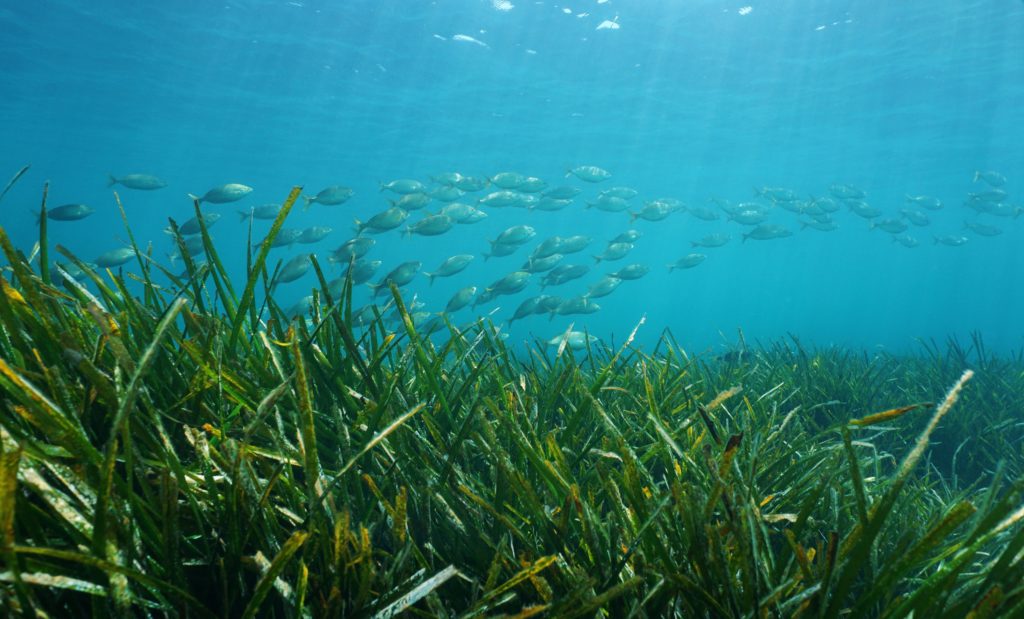Restoring seagrass for the health of the bay and fish populations
Seagrass meadows stabilise sediments, improve water quality, sequester carbon, and provide critical fish habitat.
However, seagrass meadows have significantly reduced nationally and globally. Consequently, the ecosystem services they prove have also reduced.
In Western Port Bay, seagrass declined an alarming 85% from the 1970s to the 1980s. This decline is of concern given Western Port is a RAMSAR wetland of international importance, and therefore maintaining biodiversity and ecosystem function is vital.
Restoring seagrass in Western Port will improve the extent of seagrass and fish diversity, and populations will be maintained via habitat provision. Moreover, water quality will be improved through filtration to help meet the Environment Reference Standard.
Finally, seagrass is a blue carbon sink, helping address climate change and meet net-zero by 2050.

Themes and Local Areas
| Primary Theme: | Marine environments |
| Other Themes: | Waterways, Native Vegetation, Coasts, Estuaries, Communities |
| Primary Local Area: | Western Port |
| Other Local Areas: | Bass Coast, South Gippsland & islands |
| Project location: | Western Port |
| Scale of the project: | Local |
| New or continuing work: | New project/work |
Project partners
| Lead organisation: | OzFish Unlimited |
| Key partners: | Bass Coast Landcare Network, University of Melbourne, Deakin University Western Port Biosphere, Yarram Yarram Landcare, Western Port Seagrass Partnership. |
| Registered Aboriginal Party/s relevant to the project or its area: | Bunurong Land Council Aboriginal Corporation |
Investment opportunities
| Opportunities for investors within this project start from: | $$ (Tens of thousands of dollars) |
| Estimated scale of investment for full project implementation: | $$ (Tens of thousands of dollars) |
| Estimated timeframe for full project implementation: | 2-10 years |
Contribution toward targets
| Primary Regional Catchment Strategy target: | Marine habitat – The extent and health of the various marine habitat types in Western Port is retained and improved from 2021 to 2050 |
| Relevant Biodiversity 2037 goal: | Protect or assist one or more critically endangered or endangered species/community of native vegetation or native animal |
| Relevant National Landcare Program priority: | Ramsar – Western Port Ramsar site – Ecological character maintained or improved |


